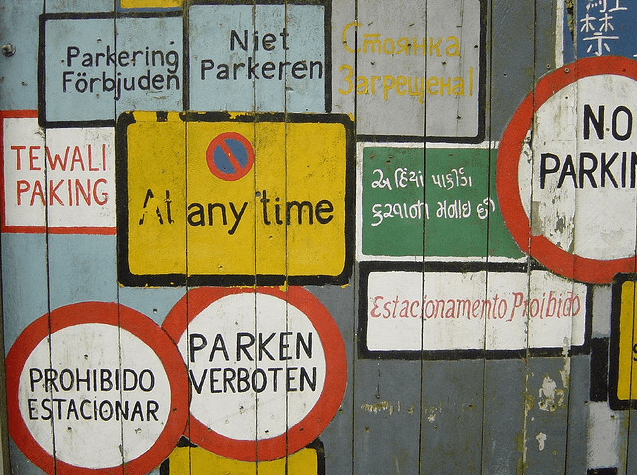
Ofelia García spends a lot of time sitting near the floor. The professor in the Ph.D. programs of Urban Education and of Hispanic and Luso-Brazilian Literatures and Languages at the Graduate Center of the City University of New York is there observing children who, in her words, “are learning to adapt to the rigors of multi-language communication.”

“The idea that children are classified (as Limited English Proficient) makes no sense. It’s based on exams and assessments that are completely arbitrary,” García says in a 2009 keynote speech to the National Association of Language Development in the Curriculum (NALDIC).
“It’s a continuum, not a category, over the course of a lifetime. If you think of them as emergent learners, you will never leave behind their languages and their cultures.”
García wrote “Bilingual Education in the 21st Century: A Global Perspective”, a massive text on the topic, and is a globally-known speaker and advocate for promoting a translanguaging, an approach to emerging English learners, where speakers switch from one language to another. It’s a bottom/up understanding of the bilingual learning process, García says, instead of top/down.
Until recently, bilingual learners in the United States were studied from a monolingual perspective. In schools, educators approached bilingual education in one of the following ways: Continue reading “The signs of a new era in bilingual learning”

